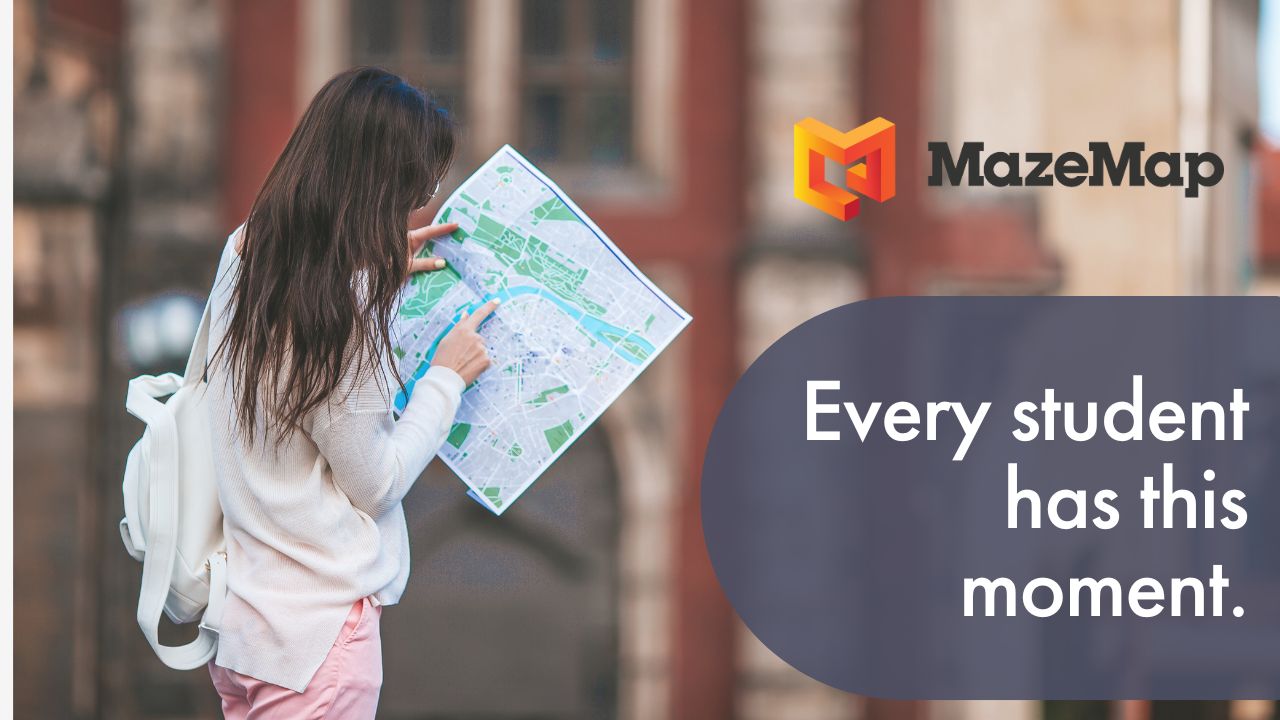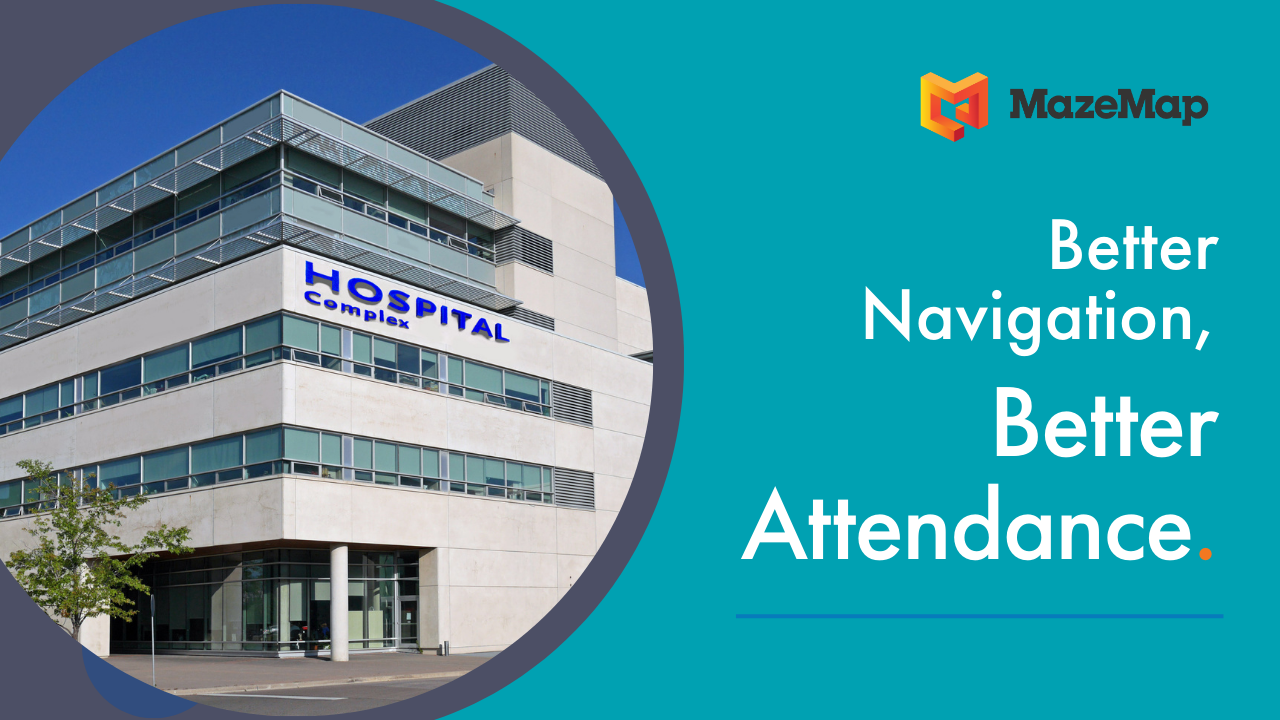Higher education institutions are striving to create inclusive environments, and accessibility is a critical focus. Beyond being a regulatory requirement, accessibility embodies a commitment to providing equal opportunity and enriched educational experiences for all students. In this article, we explore key strategies and technological tools that universities can implement to ensure comprehensive accessibility

Understanding the Challenges and Need
Accessibility encompasses a broad spectrum of needs, ranging from physical to digital to emotional. Students with disabilities face challenges despite having established Academic Adjustment Plans (AAPs). Delays in receiving essential materials and bureaucratic hurdles can negatively impact academic performance and mental well-being.
Solution: Implementing an Integrated Accessibility Management System
To address these challenges, universities can adopt an integrated accessibility management system that centralizes and automates the distribution of accessible materials.
.png)
By integrating these solutions, universities can better support students with disabilities, ensuring they receive the necessary resources promptly and reducing the stress associated with managing their academic adjustments.
Leveraging Technological Advancements
Technology is revolutionizing accessibility in higher education. Tools such as text-to-speech applications and real-time transcription services are making significant strides in enhancing the learning experience for students with disabilities. For example, Southern Methodist University leverages learning management systems that guide faculty in creating accessible courses effortlessly. These technologies ensure that students with sensory impairments can engage with course content on par with their peers.
Enhancing Campus Navigation with Accessible Wayfinding
Navigating expansive university campuses can be challenging for students with disabilities. Accessible wayfinding solutions provide high-quality, interactive indoor maps that are intuitive and always up-to-date. Such tools are indispensable in helping all members of the campus community find their way efficiently, thereby reducing stress and improving overall accessibility.

Addressing Invisible Disabilities
Invisible disabilities, including mental health conditions, require thoughtful and flexible accommodations. Unfortunately, the administrative burden associated with securing these adjustments can exacerbate the challenges faced by these students. Simplifying these processes and ensuring timely, effective support can greatly enhance the educational experience for students dealing with mental health issues.
Assistive Technology to Broaden the Accessibility Toolkit
Assistive technology is a key component of modern accessibility strategies in education. Tools such as speech-to-text software, audio-enhancing receivers, and accessible e-learning platforms ensure that students with various disabilities can access and engage with educational content effectively. These technologies are crucial for students with learning disabilities, autism, and other special education needs, enhancing their ability to participate fully in academic life.
Building an Inclusive Culture Through Training
Creating an accessible campus extends beyond physical adjustments—it involves cultivating an inclusive culture. At many institutions, accessibility training remains optional, leading to inconsistent support. Implementing mandatory training programs, like the Technology Accessibility Program at Wake Forest University, can ensure better understanding and commitment to accessibility among faculty and staff. These programs provide practical, actionable steps to enhance digital accessibility, making it easier for educators to integrate these practices into their workflows.
Collaborative Efforts and Leadership Commitment
Achieving meaningful progress in accessibility requires collaboration across various university departments and strong leadership commitment. Disability resource centers can partner with instructional designers to advocate for best practices in accessibility. Furthermore, securing leadership buy-in can ensure that accessibility is prioritized institution-wide, influencing policy development and resource allocation.
To enhance these efforts, universities can benefit from collaborating with accessibility bodies such as the Association on Higher Education And Disability (AHEAD), the National Center for College Students with Disabilities (NCCSD), and Mobility International USA (MIUSA). These organizations offer invaluable resources, guidelines, and best practices that significantly enhance institutional accessibility initiatives.
Accessibility in higher education is multifaceted, demanding a holistic approach that integrates technology, streamlined processes, and a culture of inclusion. By adopting advanced technological tools, simplifying administrative procedures, and fostering an inclusive environment, universities can create a supportive and accessible educational experience for all students. Accessible wayfinding is a critical component, but true accessibility encompasses a broad range of physical, digital, and cultural aspects.
Discover how MazeMap can enhance your campus navigation and create an inclusive environment for all. Schedule a Demo to see how MazeMap works.











